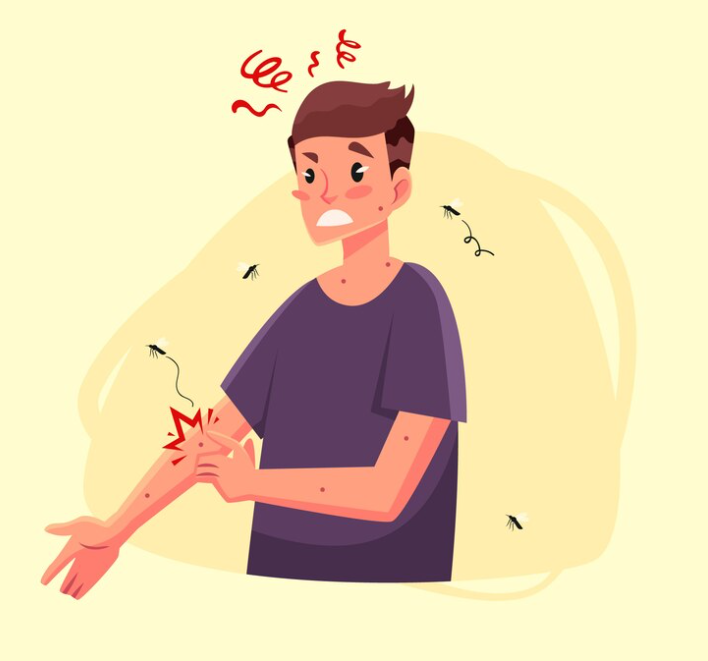
Demystifying Seborrheic Dermatitis: Causes, Symptoms, Triggers, and Home Remedies
Seborrheic dermatitis might sound intimidating, but understanding it can make managing it easier. Let’s delve into its causes, symptoms, triggers, and some simple home remedies to help you keep it in check.
What is Seborrheic Dermatitis?
Seborrheic dermatitis is a common skin condition that causes redness, itching, and flaking, usually in areas rich in oil glands, such as the scalp, face, and chest. It’s often referred to as dandruff when it affects the scalp.
Causes and Triggers
While the exact cause of seborrheic dermatitis isn’t fully understood, several factors may contribute to its development:
- Overactive Oil Glands: An overgrowth of yeast called Malassezia on the skin, combined with excessive oil production, can lead to inflammation and flaking.
- Hormonal Changes: Hormonal fluctuations, such as those that occur during puberty, pregnancy, or stress, can trigger or worsen seborrheic dermatitis.
- Certain Medical Conditions: Seborrheic dermatitis is more common in individuals with certain medical conditions like Parkinson’s disease, HIV/AIDS, or a weakened immune system.
- Weather Conditions: Cold, dry weather can exacerbate symptoms, while hot and humid weather can trigger flare-ups.
Symptoms of Seborrheic Dermatitis
Seborrheic dermatitis symptoms can vary from person to person and may include:
- Redness and inflammation of the affected areas
- Itchy or burning sensation
- Flaky, greasy, or crusty patches of skin
- Dandruff-like flakes on the scalp
- Hair loss in severe cases
Home Remedies and Management Strategies
While there’s no cure for seborrheic dermatitis, you can manage symptoms and reduce flare-ups with these home remedies and strategies:
- Gentle Cleansing: Use a mild, fragrance-free shampoo to wash your hair and scalp regularly, focusing on gently removing flakes and excess oil. Avoid harsh shampoos or frequent washing, as they can strip the scalp of its natural oils.
buy nolvadex online http://www.nicaweb.com/images/layout3/png/nolvadex.html no prescription pharmacy
- Anti-Dandruff Shampoos: Look for over-the-counter shampoos containing ingredients like selenium sulfide, zinc pyrithione, ketoconazole, or coal tar, which can help control yeast growth and reduce flaking.
- Natural Remedies: Apply natural ingredients like tea tree oil, coconut oil, or aloe vera gel to affected areas to soothe inflammation and moisturize the skin. However, be cautious and perform a patch test before using these remedies to ensure you don’t have any adverse reactions.
- Healthy Lifestyle Habits: Maintain a balanced diet, manage stress levels, and get enough sleep to support overall skin health and reduce inflammation.
- Sun Protection: Protect your skin from the sun’s harmful UV rays by wearing sunscreen and protective clothing, as sun exposure can worsen seborrheic dermatitis symptoms.
Conclusion
Seborrheic dermatitis can be bothersome, but with proper understanding and management, you can keep it under control. By identifying triggers, using gentle skincare products, and incorporating home remedies into your routine, you can minimize symptoms and enjoy healthier skin.
To seek medical advice, always consult a Doctor. Here are our recommended EXPERTS. Click here
To read more on SKIN. Click Here


